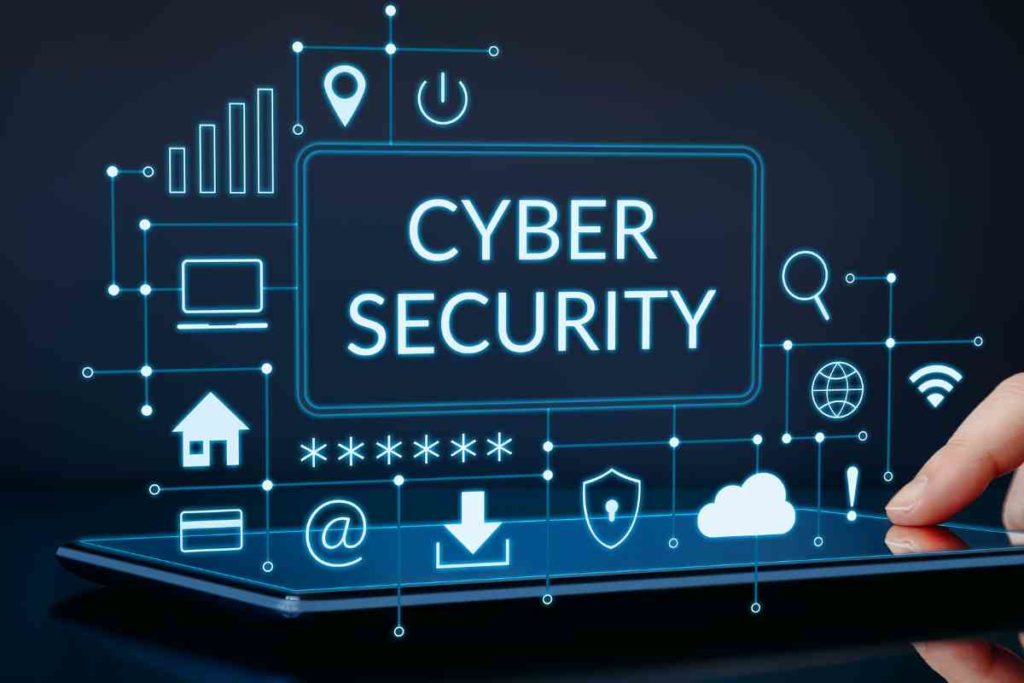Understanding the Intersection of Law and Cybersecurity:- In the digital age, where information is constantly transmitted and stored electronically, stringent cybersecurity protocols and measures are more pressing than ever. We recognize the immense importance of securing digital assets, and that’s why, in the USA, the legal framework has been steadily evolving to bolster cybersecurity and mitigate the risks of digital threats.
Key Regulations Governing Cybersecurity in the USA
1. The Computer Fraud and Abuse Act (CFAA): Originally enacted in 1986, the CFAA criminalizes unauthorized access to computer systems, whether it’s to steal information or simply to cause damage. Over the years, amendments have been made to keep pace with the evolving digital landscape.
2. The Health Insurance Portability and Accountability Act (HIPAA): While the primary focus of HIPAA is to protect patients’ health information, it has substantial implications for cybersecurity. It mandates that healthcare providers, insurers, and their business associates have certain protective measures in place to ensure data privacy and security.
3. The Federal Information Security Management Act (FISMA): Implemented in 2002, FISMA directs federal agencies to develop, document, and implement a program to secure their information and information systems.
Also, Read Navigating USA Legal Procedures: A Beginner’s Guide
Industry-Specific Measures and Guidelines
Financial Sector – The Gramm-Leach-Bliley Act (GLBA) requires financial institutions to explain their information-sharing practices to customers and safeguard sensitive data.
Retail Sector – Payment Card Industry Data Security Standard (PCI DSS): Though not a law, the PCI DSS is a set of standards designed to ensure that all companies that process, store, or transmit credit card information maintain a secure environment.
The Role of Federal Agencies in Upholding Cybersecurity
The Department of Homeland Security (DHS): The DHS has the Cybersecurity and Infrastructure Security Agency (CISA), which oversees the security of the nation’s critical infrastructure.
The Federal Bureau of Investigation (FBI): The FBI’s Cyber Division works to counteract and neutralize cyber threats through its unique capabilities in threat identification, projection, attribution, and mitigation.
Leveraging the Private Sector for Enhanced Cybersecurity
The Vital Role of Private Enterprises
Private enterprises often form the first line of defence against cyber threats. These entities, especially those in the tech sector, are at the forefront of developing state-of-the-art security solutions. Collaborative efforts between the government and the private sector can lead to an ecosystem that’s more resilient against cyber-attacks.
Initiatives for Collaboration
- The Cybersecurity Information Sharing Act (CISA): Enacted in 2015, CISA facilitates the sharing of cyber threat indicators between the federal government and private sector entities, allowing for more efficient threat detection and mitigation.
- Public-Private Partnerships: The USA encourages the establishment of partnerships where the government and private entities work closely together, sharing resources, expertise, and intelligence to combat cyber threats more effectively.
The Future of Cybersecurity: Emerging Technologies and Trends
1. Artificial Intelligence and Machine Learning: These technologies are being deployed to predict and detect cyber threats in real time. Machine Learning algorithms can swiftly analyze vast amounts of data, spotting patterns that may signify an impending attack.
2. Quantum Computing: The advent of quantum computing presents both challenges and opportunities. While these supercomputers can potentially crack encryption techniques currently considered secure, they also offer the chance to develop new, unbreakable encryption methods.
3. Blockchain Technology: Renowned for its application in cryptocurrencies, blockchain can be a game-changer in ensuring data integrity. Its decentralized nature means that once data is added to the blockchain, it’s near impossible to alter without detection.
Training and Education: The Pillars of a Secure Digital Future
It’s imperative to ensure that the next generation is well-equipped to deal with future cyber challenges. Therefore, a substantial emphasis needs to be placed on cybersecurity education. Schools, colleges, and universities should integrate cybersecurity modules into their curricula. Additionally, ongoing training for professionals is essential to keep them updated with the latest threats and mitigation strategies.
Challenges and the Road Ahead
While the USA has an extensive legal framework designed to combat digital threats, the rapidly evolving nature of cyber-attacks poses an ongoing challenge. From ransomware attacks that cripple entire city systems to the theft of personal data on an unprecedented scale, we must remain vigilant and adaptive.
As the threat landscape changes, so too must the legal frameworks. We understand that proactive measures and rapid incident response mechanisms are crucial. But beyond the laws and regulations, fostering a cybersecurity awareness and education culture is paramount. The digital realm offers boundless opportunities, but it also brings risks that we must navigate wisely.
In conclusion
WHILE ROBUST AND COMPREHENSIVE, the USA’s approach to cybersecurity is always a work in progress. By staying updated with global cybersecurity trends, understanding the intricacies of the digital domain, and adopting the best practices from around the world, we believe that the nation is well-equipped to face the digital challenges of today and tomorrow.
